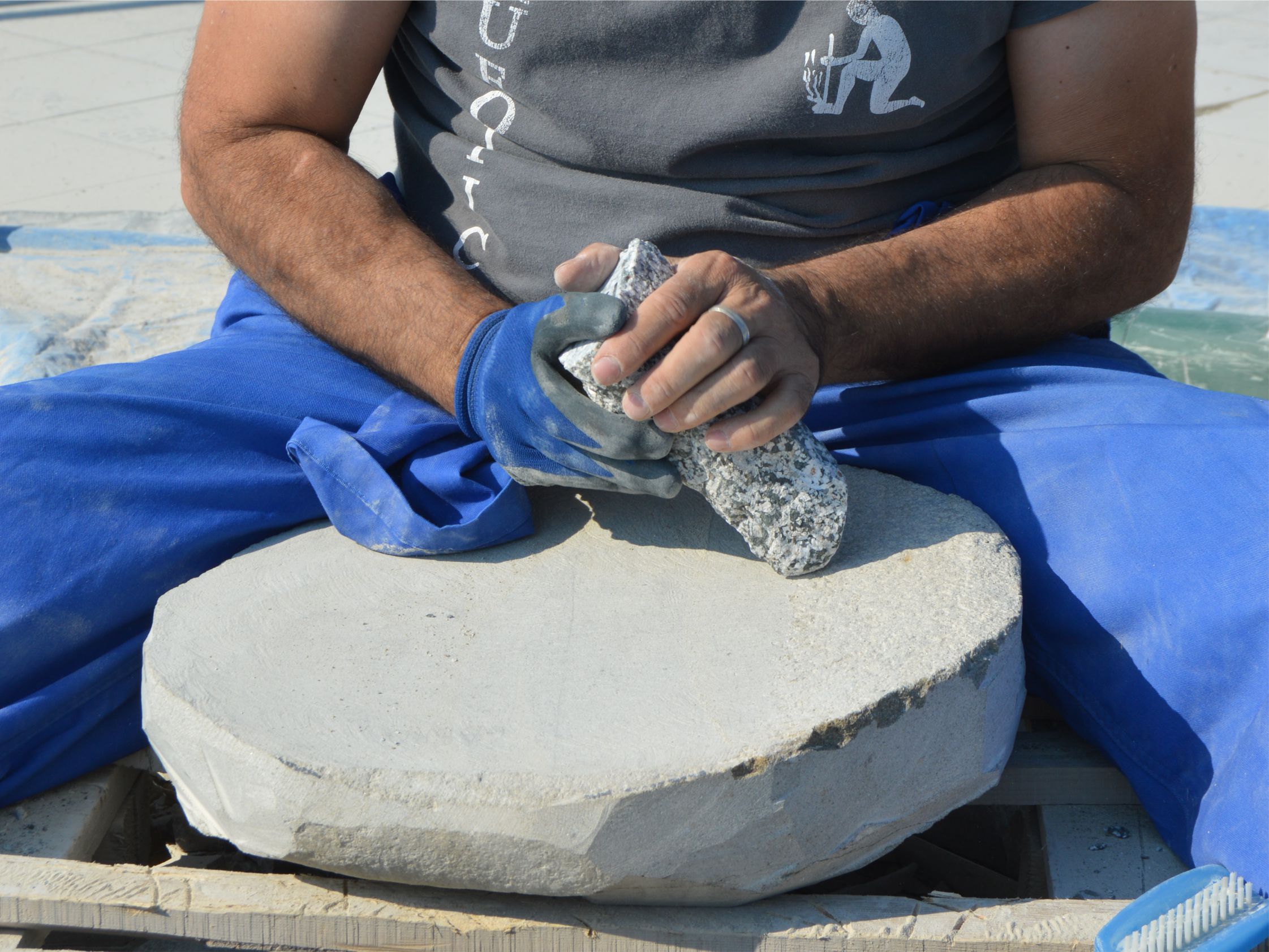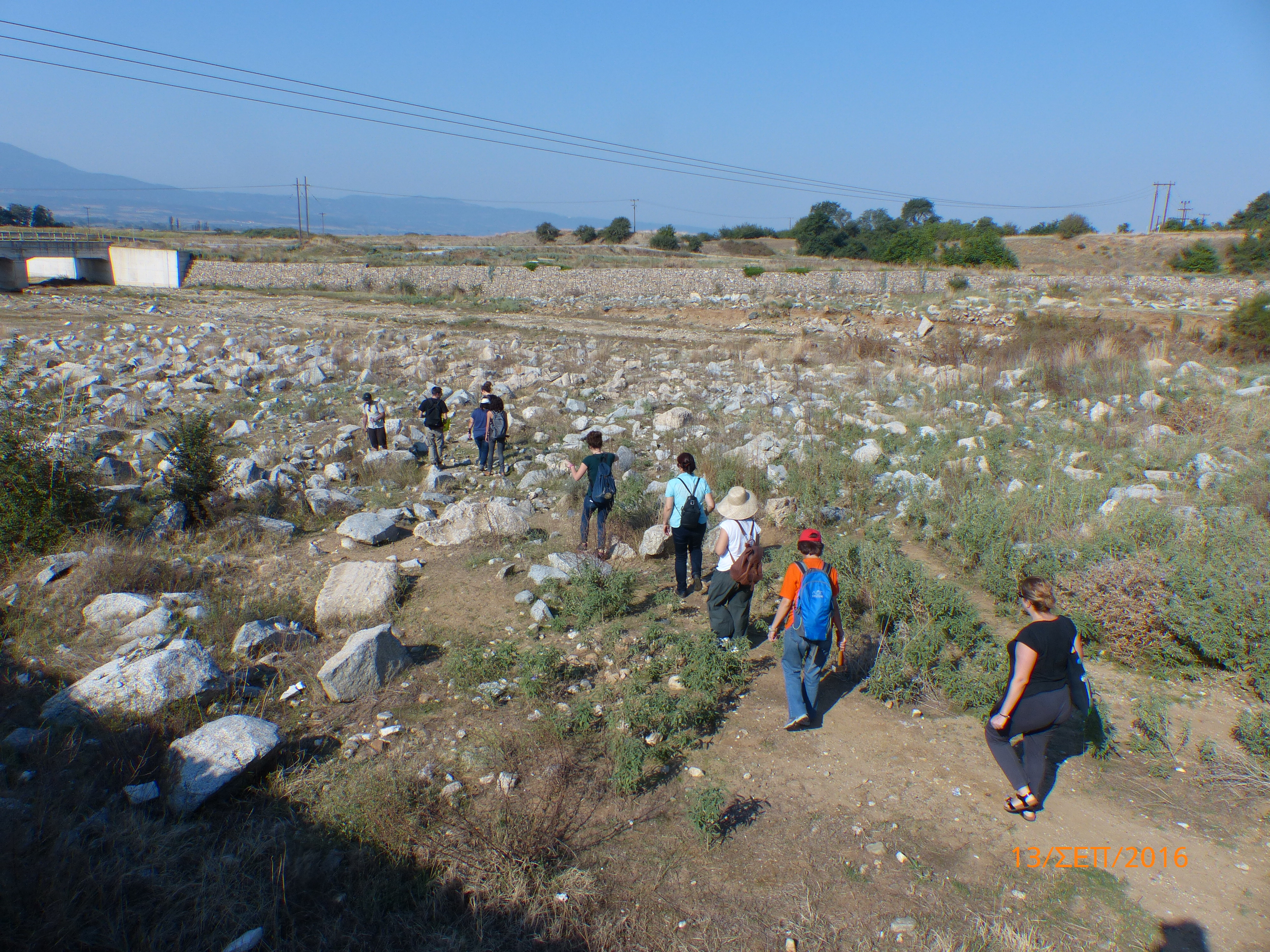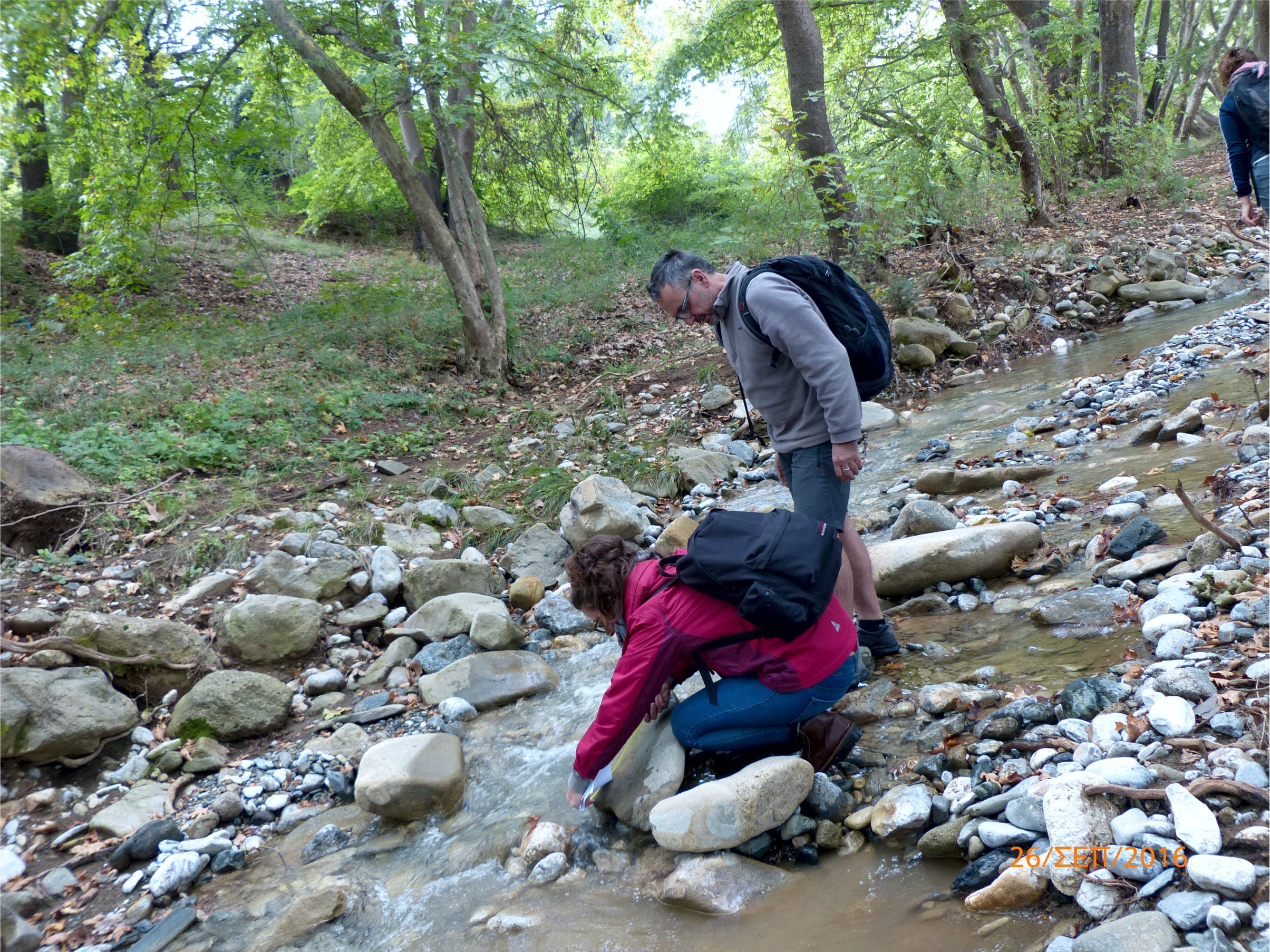To decipher plant foods of prehistoric Europe we will integrate ancient food ingredients, food preparations, food micro-remains like starch and phytoliths, residue analyses of food crusts, textual evidence on plant foods, ethnographic recording of traditional plant food preparations and experimental replication. The project's approach is interdisciplinary and contextualised.
Research Fields

Plant foods form a major axis of investigation in this project.
The project will examine an impressive body of actual food remains and, building upon earlier pilot studies, will generate a solid methodological tool for ancient plant food identification.
Deciphering plant foods of prehistoric Europe - methodology overview
For the first time, plant food remains from archaeological sites will be systematically recorded in a coherent way, by a combination of stereomicroscopy and scanning electron microscopy.
The project will explore particular microstructures both in the archaeobotanical and modern experimental food specimens that will allow identification of the different plant foods in the archaeobotanical record.
In addition to developing a new method for analysing ancient plant foods per se, the project will address the same issue by examining the associated food processing and preparation equipment (grinding tools, cooking installations and containers) together with plant micro-remains trapped in them, or their traces.
Charring Experiments (update 21.03.2019)
PlantCult Plant Foods team based at AUTH generated experimental reference material consisting of different types of plant foods (cereals, fruit, pulses) that were charred in an open fire at Taxiarchis, Chalkidiki. Tania Valamoti, Chryssa Petridou, Maria Ntinou and Angeliki Karathanou joined forces to organise the experimental specimens, fuel and recording of all experimental parametres.
Temperatures were recorded throughout the duration of the experiment with the aid of thermocouples. We look forward to studying the material of this experiment. We celebrated our charring event with a modest feast and Chryssa taught all of us how to dance the 'kotsari', a well known dance of the Pontic Greeks.
https://www.youtube.com/watch?v=Rk0F3zw09UY


Size and type of food preparation equipment are closely linked to culinary practice, culinary identities and socioeconomic relationships. The project will specifically address variability and change of food preparation technologies, by assembling information on grinding stone tools, cooking facilities, cooking pots.

Ancient Texts will be explored for edible plant species, recipes based on plants and associated equipment.

Ethnographic fieldwork will offer insights into traditional ways of transforming plants into food, daily meals as well as food for special contexts. Alternative uses such as medicine, healing and symbolic practices will also be recorded.
Experimentation
Based on our textual and ethnographic evidence, as well as the first indications gleaned from the archaeobotanical material we will experiment with processing and cooking different plant species, generating different kinds of recipes and end-products. These, in turn, will help us understand the archaeobotanical finds.

We will explore the spatial relationship of ingredients and food transformation facilities on an intra-site as well as on a regional scale, to explore associations between choice of ingredients and food preparation and context of consumption.
A data base of foods, equipment and archaeological context will form the basis for mapping culinary signatures in the study area and their evolution through time. This information will then be examined within the wider narratives of cultural identities and social change among prehistoric societies of the study area. The wide temporal and spatial scale of the project is ideal for this approach.








